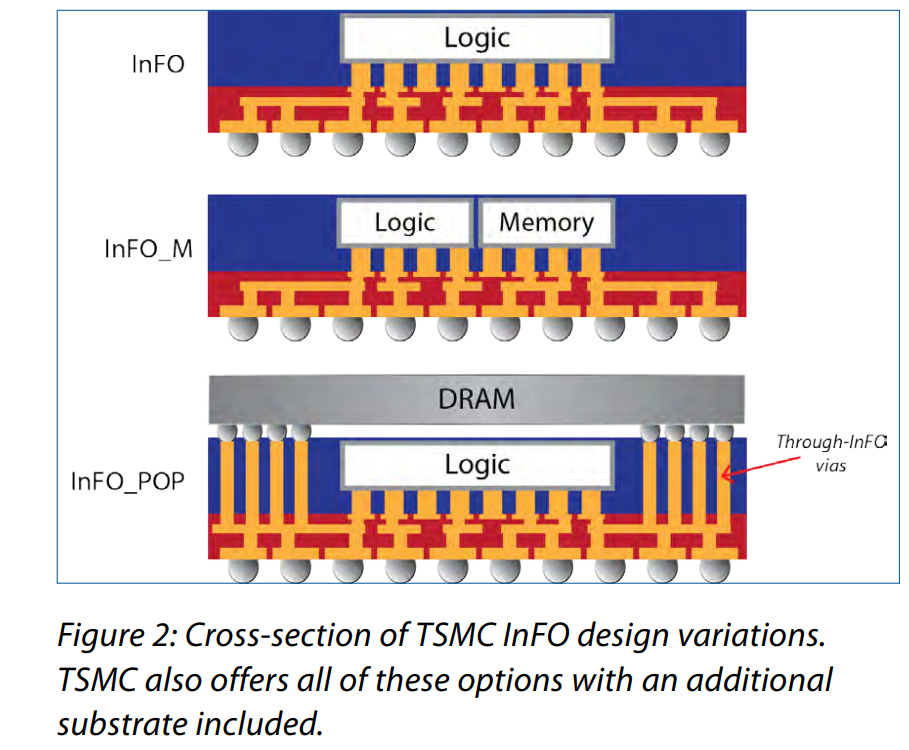I had some counter arguments in the other thread, I'm not going to copy paste them, but I will repeat that Vega 7 is not a good base for these calculations. It has too much baggage compared to a true gaming only design and is a shrink from the old 14nm process. TSMCs 7nm should offer close to 3x the amount of transistors per mm2 compared to their 16nm process, which is quite similar to the Glofo 14nm. While I'm not quite expecting that type of increase in transistors, the math that there is enough room for 56CUs when when the Xbox One X already has 44 on chip on 16nm is quite flawed imo.
I pretty much agree with this, but the transistor density of Vega 20 still gave me some pause, so I dug into it a bit.
Going by the otherwise identical Apple A9 chips, Samsung 14nm was denser than TSMC 16nm at that point, to the tune of (96mm2(S)/104.5mm2(T)=0.92) yielding a transistor density of 20.8million/mm2(S) or 19.1million/mm2(T).
The A12 at 7nm TSMC has a transistor density of 6.9E9/83.3mm2=82.8million/mm2 and for the A12x it's 1.0E10/122=82.0million/mm2.
That's fantastic scaling by the way.
However, when we look at Vega 10 at 14nm GloFo vs. VEGA 20 on 7nm, we find that VEGA 10 has a transistor density of 12.5E9/484mm2=25.8million/mm2 versus the VEGA 20 at 13.3E9/331mm2=40.2million/mm2.
Even taking into account that GloFo 14nm may well have been a bit denser than TSMC 16nm, the density scaling still raises some concerns.
I/O circuitry doesn't scale as well as logic and SRAM, which in itself would pose limits, and doubly so for Vega 20 with its twice as wide 4096-bit wide interface.
Also, higher performance circuitry use lithography that is less dense for a variety of reasons. Just how much of an impact that has is difficult to assess from a sample of one. (Actually, a cursory analysis of the 7nm Ryzen die implies that density scaling has been quite modest, but that's worse data than VEGA20 at this point).
What this boils down to basically is some caution in making too optimistic assumptions about what density 7nm console chips will demonstrate, after Vega 20 and what little can be gleaned from the 7nm Ryzen die.
So - same opinion, but with numbers. ;-)
Edit: For reference Scorpio density is 7E9/359mm2=19.5million/mm2



